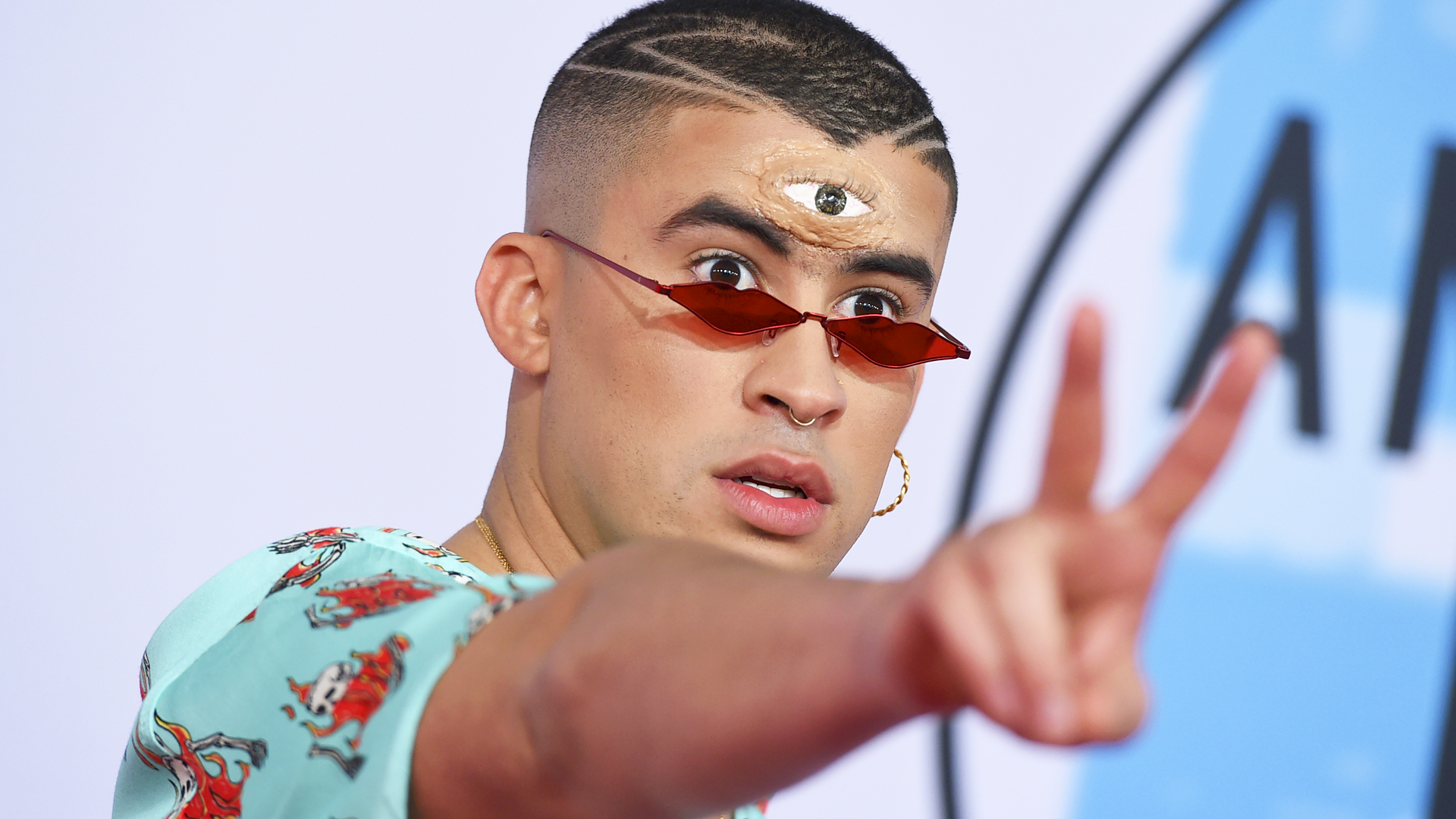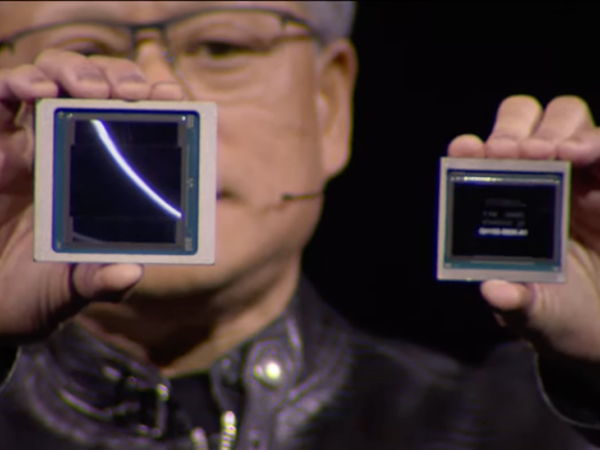- Bad Bunny is one of the most recognizable faces of Latin trap right now and has brought more mainstream attention to Latin music in general.
- He’s worked with big names like Cardi B, Drake, and Jennifer Lopez. And in 2018, Bad Bunny was YouTube’s third-most viewed artist with 7 billion views.
- With only three years in the music industry under his belt, Bad Bunny has gained a large dedicated following by maximizing on his unique voice and distinct style.
Following is a transcript of the video.
Narrator: Meet Bad Bunny, the Puerto Rican rapper taking over YouTube. Bad Bunny is a trap rapper who is making waves in the Latin music world. His debut album, “X 100PRE,” scored the No. 1 spot on the Top Latin Albums chart this year. But it’s probably not the first time you’ve seen him. He’s worked with Cardi B on “I Like It” and “Mia” with Drake. And he just dropped his new song, “Callaita.” But Bad Bunny’s appeal extends beyond these star-studded music collaborations. He’s been instrumental in bringing Latin trap to mainstream American audiences while rapping mostly in Spanish.
Bad Bunny originally posted his music on SoundCloud independently but was quickly noticed and signed on to a record label. Since then, he’s been a consistent heavy hitter on the Hot Latin Songs chart, with 46 tracks, and seven on the Hot 100. Along with his own singles, he’s teamed up with other Hispanic and Latino top artists to create Billboard hits, such as “Sensualidad” with J Balvin and Prince Royce, and a remix of “Te Bote” with Ozuna and Nicky Jam. In 2018, he collaborated with Cardi B and J Balvin for “I Like It,” making it Bad Bunny’s first No. 1 single on the US Billboards. It was followed with another collaboration with Drake for “Mia,” and Jennifer Lopez for “Te Guste,” garnering him even more fans in the US and around the world.
This leads up to his debut album, “X 100PRE,” which, unsurprisingly, skyrocketed to the No. 1 spot on the Top Latin Albums chart. With his rhythmic cadence and slow slurs, Bad Bunny has a unique sound that is unlike anything else on the Latin music scene. This is largely due to his willingness to cross music genres, ranging from Latin trap, reggaeton, and pop.
In an interview with Billboard, he credits his unique music style to his parents and home country of Puerto Rico. When he was little, he listened to salsa, merengue, and pop ballads. At the same time, he was singing to reggaeton and hip hop. Bad Bunny's rise to fame isn't only attributed to his music, but to his unshakeable sense of self. He has a distinct style, with his painted nails and bright patterns, which have made him a fashion inspiration. And you're likely to spot him with a pair of trendy shades.
In a music culture that often champions traditional masculinity, Bad Bunny is a breath of fresh air that redefines gender norms and societal expectations. Through his music and clothing choices, he preaches messages of self-love and respect for others. In the music video for "Caro," there are several gender-bending moments, and even a scene featuring an inclusive fashion show, with models of varying ages, abilities, races, and sizes. In another music video for "Solo De Mi," he tackles the issue of domestic violence against women.
With just three years in the music industry under his belt, Bad Bunny has become one of the most recognizable faces of Latin trap while also helping bring Latin music to the mainstream. In 2018, Bad Bunny was YouTube's third-most-viewed artist, with 7 billion views. Now, Bad Bunny is headlining his own international tour and selling out venues across the world. He sold out his homecoming concerts in Puerto Rico within hours, which led to adding a third day. In addition, J Balvin has teased an upcoming collaborative album. Whatever the next album may be, we can't wait to see more from Bad Bunny.










